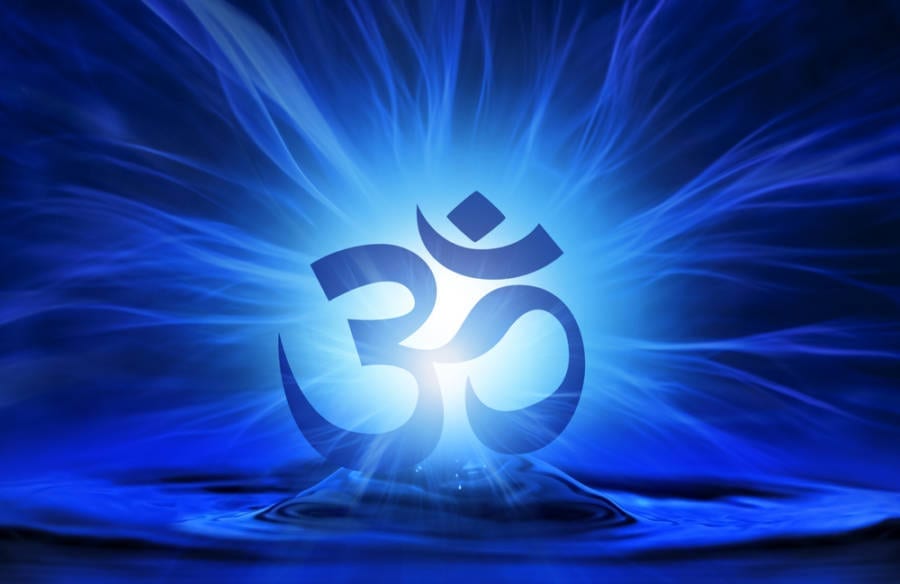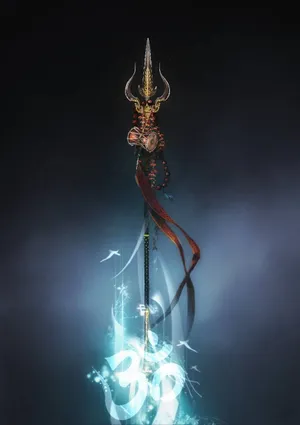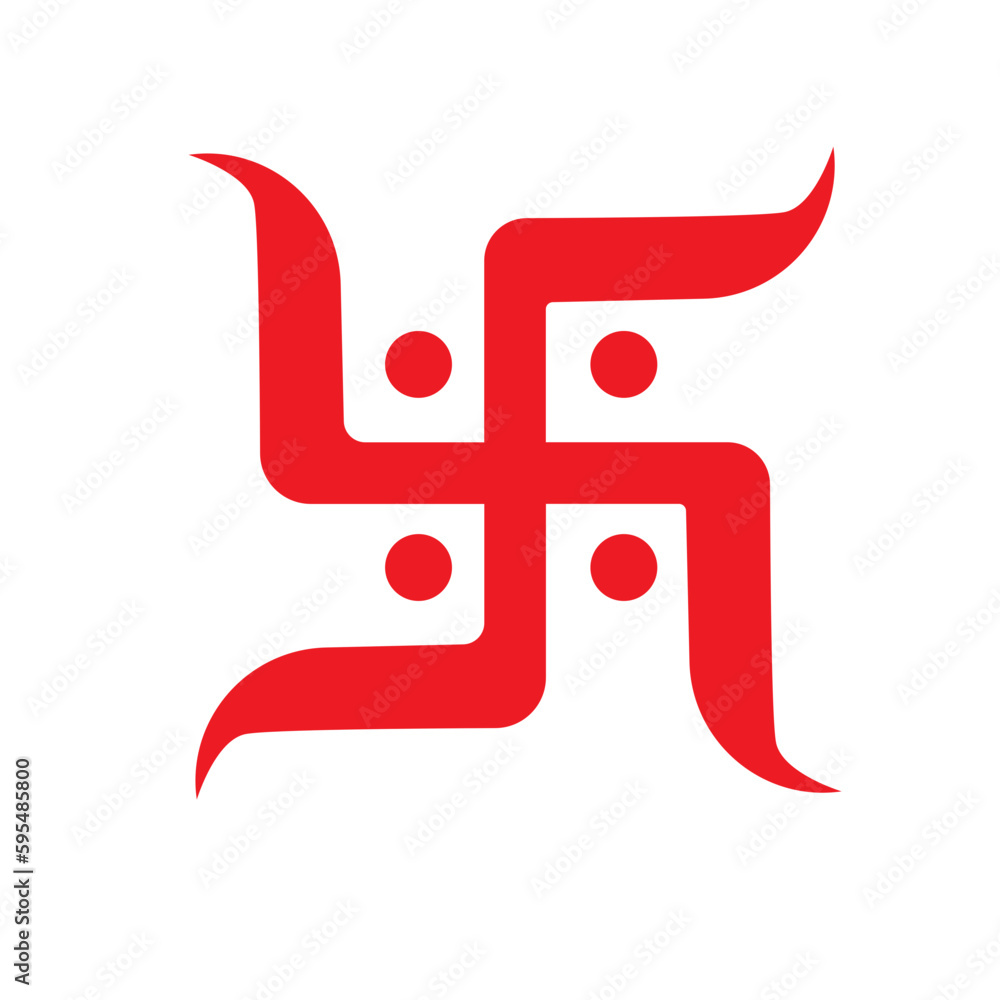Hinduism, with its vast and ancient traditions, is filled with powerful symbols that express profound spiritual teachings. These symbols—often seen in deities, sacred rituals, and sacred texts—offer us a pathway to deeper understanding. They serve as bridges to higher consciousness and spiritual insight. In this post, we'll dive into the significance of some of the most iconic symbols in Hinduism and how they reveal timeless wisdom.
1. Om (Aum): The Sound of the Universe
Om, the primal sound of creation, holds an unparalleled place in Hinduism. It's not just a syllable but the very essence of the universe, representing the cosmic vibration from which all life emerges. The sound of Om encapsulates the past, present, and future, symbolizing the three states of consciousness: waking, dreaming, and deep sleep. Its mystical nature is so profound that it is often the first and last sound chanted during spiritual practices, uniting the individual soul with the divine essence of the cosmos.
2. The Lotus Flower: Purity Amidst the Chaos
The lotus is a timeless symbol of purity and spiritual growth. This remarkable flower, which blooms in muddy waters, teaches us that despite the challenges and impurities we face in life, we can rise above them and reach enlightenment. The lotus signifies transformation, where a person starts from ignorance (the muddy waters) and, through spiritual practice, achieves ultimate knowledge (the blooming flower). Gods like Brahma and Lakshmi are often depicted sitting upon lotus flowers, symbolizing creation, wealth, and spiritual growth.
3. The Trishula (Trident): The Cycle of Creation and Destruction
The Trishula, the trident carried by Lord Shiva, is a symbol of immense power and divine intervention. The three prongs represent creation, preservation, and destruction—the cosmic cycles that maintain the universe. It also reflects the three qualities of the universe—sattva (balance), rajas (passion), and tamas (ignorance). Shiva's trishula is not just a weapon but a tool to destroy evil, ignorance, and ego, making way for spiritual growth and self-realization.
4. Ardhanarishvara: The Divine Union of Masculine and Feminine
Ardhanarishvara is a unique form of Lord Shiva, representing the union of the masculine and feminine principles in the universe. The form is split down the middle—one side depicts Shiva, while the other represents his consort, Parvati. This fusion illustrates the essential balance of male and female energies, emphasizing that both aspects are necessary for creation and spiritual harmony. It highlights that dualities like masculine and feminine, light and dark, or good and evil are complementary forces that coexist.
5. The Swastika: A Symbol of Prosperity and Well-being
The Swastika, though often misunderstood in the modern world, is an ancient symbol of good fortune and prosperity in Hinduism. Its four arms represent the four goals of life—dharma (righteousness), artha (wealth), kama (pleasure), and moksha (liberation). The swastika also reflects the cyclical nature of existence, symbolizing the perpetual motion of life, death, and rebirth. It is a sacred symbol used in many religious and spiritual practices to bring peace and blessings.
6. The Tilak: Mark of Divine Insight
The Tilak, a mark placed on the forehead, is much more than a mere decorative symbol. It represents the third eye—the seat of wisdom and spiritual insight. In Hinduism, the forehead is considered the “mind's eye,” and the tilak symbolizes the awakening of inner vision. The mark, often applied during prayers or festivals, signifies that the individual is focused on the divine, seeking clarity, and transcending worldly distractions.
7. The Confluence of Rivers: A Sacred Union of Waters
In Hinduism, the meeting point of rivers is considered a sacred place of spiritual significance. The most famous of these is the Triveni Sangam in Prayagraj, where the Ganges, Yamuna, and the mythical Saraswati rivers converge. This confluence is believed to be the site of great spiritual power, where one can purify their mind and soul. The rivers symbolize the flow of divine grace, and bathing in these holy waters is said to wash away sins and bring liberation.
Hindu mythology is filled with rich and powerful symbols that invite us to explore the deeper aspects of life. Each symbol carries profound meanings, offering valuable insights into the nature of existence and the divine. By meditating on these symbols, we can gain a greater understanding of our spiritual journey, recognizing the interconnectedness of all things and the endless pursuit of wisdom, peace, and inner growth.








